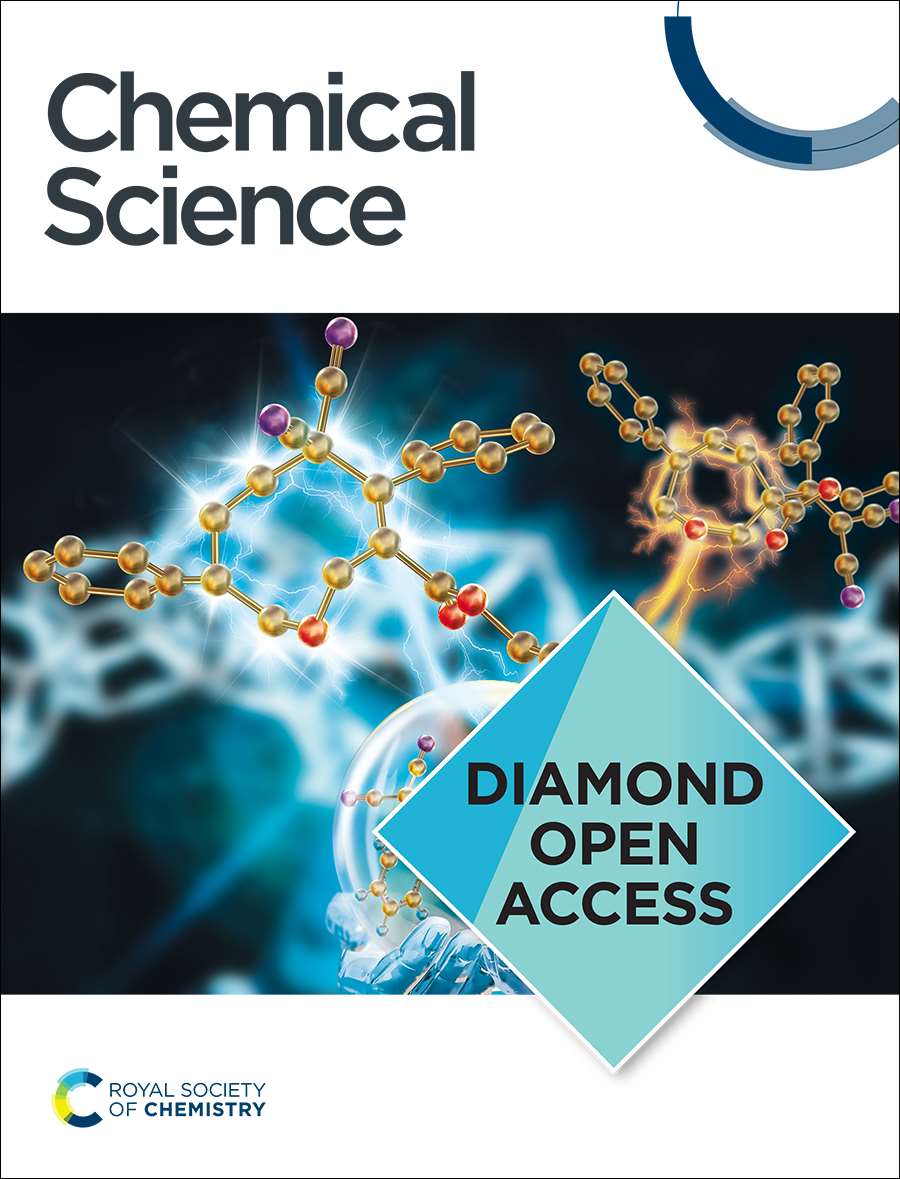Targeted anchoring of Cu sites in imine-based covalent organic frameworks as catalytic centers for efficient Li-CO2 battery
IF 7.6
1区 化学
Q1 CHEMISTRY, MULTIDISCIPLINARY
引用次数: 0
Abstract
The lithium-carbon dioxide (Li-CO2) batteries have attracted much attention due to their high theoretical energy density and reversible CO2 reduction/precipitation process. However, the wide bandgap insulating discharge product Li2CO3 is difficult to decompose leading to large polarization or even death of the battery seriously hindering the practical application of Li-CO2 batteries. The covalent organic framework (COF) material properties, which can support the construction of multiphase catalytic systems, have great potential in the fields of CO2 enrichment and electrocatalytic reduction. In this paper, the excellent redox properties of excess metal were utilized to introduce Cu metal into the imine-based COF to form Cu-O, N sites as the active sites for CO2 oxidation and precipitation. The electrochemical performance of the Cu metal in Li-CO2 batteries was investigated, and the prepared batteries were able to cycle stably at a current density of 200 mA g-1 for more than 1100 h. COF structural sites can be anchored by metal Cu sites to form Cu-O, N active centers for CO2 oxidation and reduction processes, this study provides a new experience for Li-CO2 batteries to be applied to long-term, stable, and commercial applications.求助全文
约1分钟内获得全文
求助全文
来源期刊

Chemical Science
CHEMISTRY, MULTIDISCIPLINARY-
CiteScore
14.40
自引率
4.80%
发文量
1352
审稿时长
2.1 months
期刊介绍:
Chemical Science is a journal that encompasses various disciplines within the chemical sciences. Its scope includes publishing ground-breaking research with significant implications for its respective field, as well as appealing to a wider audience in related areas. To be considered for publication, articles must showcase innovative and original advances in their field of study and be presented in a manner that is understandable to scientists from diverse backgrounds. However, the journal generally does not publish highly specialized research.
 求助内容:
求助内容: 应助结果提醒方式:
应助结果提醒方式:


